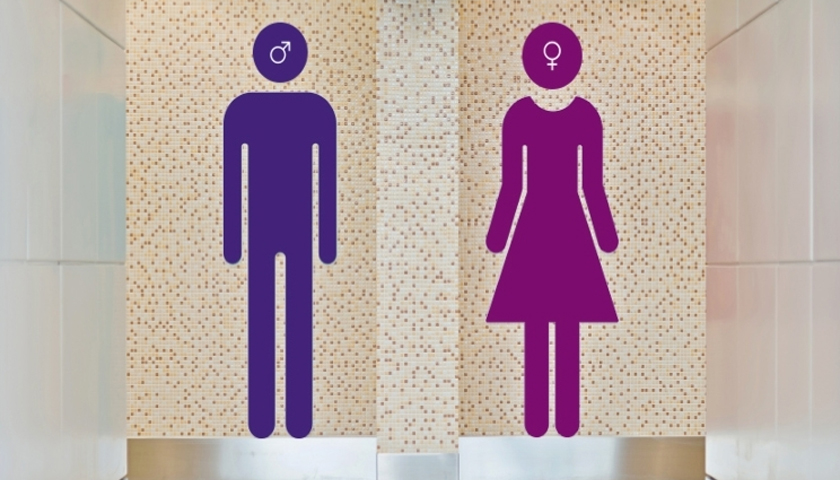The ASA/CAP have released a post called: Gender stereotyping – Lessons one year on. I have enclosed the text of the link below, but please have a look at the ASA/CAP site as there are lots of things of interest to anyone with an interest in Ethical Marketing.
Our rules have prohibited ads from featuring harmful gender stereotypes since 14 June 2019. Since this came into force the issues the ASA has investigated have related, overwhelmingly, to scenarios featuring gender-stereotypical roles and characteristics.
These rulings help provide texture and context to the rules, and here we draw out some key learnings.
You can still show some stereotypical roles, like a woman cleaning, or characteristics, like a man being stoic
The rules don’t prohibit advertisers from referring to well-established gender stereotypes, provided they are handled carefully. Problems are likely to arise when ads suggest that a particular role or characteristic is always uniquely associated with one gender, or the only option available to one gender and never carried out or displayed by another gender.
Take for example a radio ad for Foster’s lager featuring two Australian characters offering advice to a commitment-phobic man, to help him avoid moving in with his female partner. These familiar characters, who formed part of a long running campaign, provided advice that was exaggerated and absurd, and was likely to be understood to be a self-aware parody of a specific characteristic. The ASA concluded that the ad did not suggest fear of commitment was always uniquely associated with men and that the ad did not break the rules (Heineken Enterprise Ltd 18 September 2019).
A light-hearted tone and the use of humour will not automatically mitigate potential harm
Depicting a man or a woman failing to achieve a task specifically because of their gender is unlikely to be acceptable, even if it is intended to be light-hearted.
Complaints that an ad relied on a familiar gender stereotype that men are less capable of caring for children than women, were investigated and upheld. By depicting the fathers as hapless and inattentive, the ASA concluded that the humour was derived explicitly from the use of a harmful stereotype and was therefore problematic (Mondelez UK Ltd 14 August 2019).
Pop-culture references similarly will not automatically mitigate potential harm
The ASA also ruled against an ad for search engine optimisation services which included the text “YOU DO THE GIRL BOSS THING. WE’LL DO THE SEO THING” following complaints that it perpetuated harmful gender stereotypes by depicting a woman running a business in a patronising way. The advertiser explained that “girl boss” was a reference to a book, popular culture movement and professional network, but the ASA considered that many people were unlikely to be familiar with it. As such, the gendered term “girl boss”, without any other context, reinforced the impression that a female boss was a novelty, and less serious than a man in the same position and so the ASA concluded that the ad broke the rules (People Per Hour Ltd t/a PeoplePerHour 8 January 2020).
Take care with ads that directly contrast stereotypical roles or characteristics
Ads that directly contrast stereotypically ‘male’ and ‘female’ roles or characteristics are often risky and care needs to be taken to ensure that this doesn’t cause harms such as those identified by the ASA’s research.
Complaints that an ad reinforced harmful stereotypes by featuring a female ballet dancer, a male drummer and a male rower were considered by the ASA. An ad that shows a man in an exciting or physically demanding occupation, like a drummer or a rower, juxtaposed with a woman being dainty, such as a stereotypical portrayal of a ballerina, is generally likely to be unacceptable. However, as this ad focused on the hard work and perseverance that had gone into developing their respective skills to an expert level, and each skill was shown to be equally difficult and demanding, the ASA concluded that the ad did not perpetuate harmful gender stereotypes (Nestlé UK Ltd 14 August 2019).
Compare this to an ad that focused on a man in a tent on the side of a mountain, two male astronauts in space and a male para-athlete doing the long-jump – activities that are extraordinary and adventurous. The ad seemingly contrasted these occupations with a final scene of a woman sitting on a bench next to a pram – a stereotypical caregiving role. While the advertiser highlighted that the man in the tent was accompanied by a woman and there was a female astronaut in the background, the ASA did not consider these characters to be noticeable. By making the occupations of the characters the focus and including a contrast between the extraordinary and mundane, the ASA decided that the ad gave the impression that the stereotypical roles and characteristics shown were exclusive to one gender and judged the ad to have broken the rules (Volkswagen Group UK Ltd 14 August 2019).
Read the guidance and take advantage of the other information resources available to help
Don’t forget that the key guidance covers other scenarios that could pose an issue under the rules, such as ads featuring or targeting children or vulnerable groups (among others), with clear advice about what is likely to be unacceptable.
For an overview and links to other relevant resources see here, and for bespoke advice feel free to contact our Copy Advice team.

